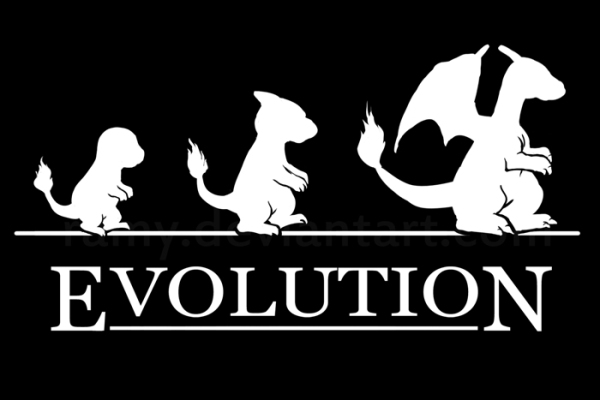My first exposure to evolution came through Pokémon. I can recall watching in awe as a creature became enveloped in an aura and morphed into a new monster. It looked something like this:
As you and I both know, this is not how evolution works. Aside from a protein named after Pikachu (Pikachurin), Pokémon does not offer a faithful lesson in biology. While evolution has become required in most classrooms in the US and the rest of the world, many misconceptions about the most established fact in science abound. In this new segment I will address the most common of these misunderstanding. Have any questions of your own? Please suggest them in the comments or message me directly. Enjoy!





